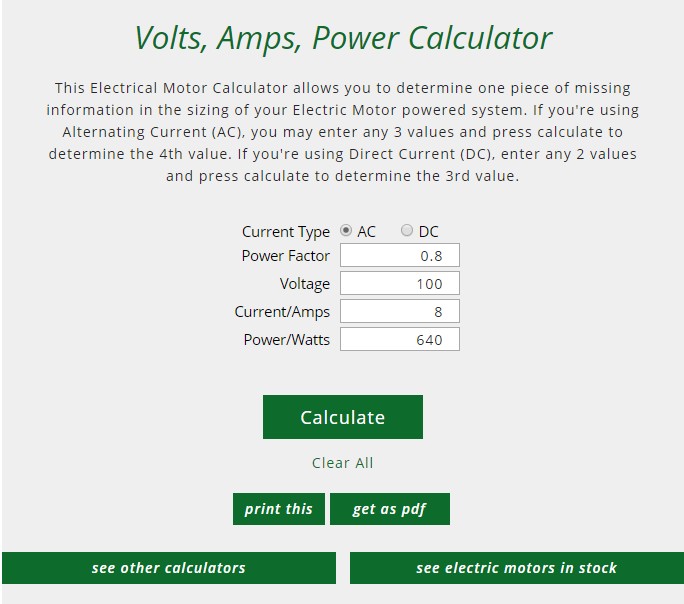

Ma and Stern also made some studies for the change trend of energy intensity using the IDA the conclusions were similar namely, the reducing of energy intensity was mainly caused by the increase of energy efficiency used by departments and the changes of industrial structure had little impact. Based on a modified Laspeyres index, Zhang decomposed the change trend of Chinese energy intensity in 1980–2000 years. analyzed the significantly dropping reason of China’s energy intensity since 1978 year by the Divisia IDA. In addition, the index decomposition technique (IDA) is widely used in the influencing factors analysis of energy efficiency. use Hierarchical-Indicator Comparison (HIC) method to research energy efficiency evaluation based on indicators for industry sectors in China Lin and Du measure energy efficiency under heterogeneous technologies using a latent class stochastic frontier approach. take into account the effects of environmental and random factors to measure energy efficiency in China Song et al. In recent years, TFEE method has gradually been introduced to the study of China’s energy efficiency.

Also it can effectively overcome the defect of the single-factor energy efficiency method, namely, overemphasizing the function of energy factor.

Research literature about energy efficiency focuses on the calculation of regional (national, provincial, and districted) energy efficiency and the analysis of its influencing factor.įirst, with regard to China’s energy intensity and its influencing factors analysis, based on total factor productivity theory and DEA technique, Hu and Wang firstly proposed the total factor energy efficiency (TFEE) method, which held that economic output was the result of interaction between capital, labor, energy, and other factors and emphasized the cooperation between various factors. The starting point of EPP implementation is to save energy and relieve the grim situation of energy use, so the important basis for decision-making is to examine energy efficiency level of these projects. It can reach 1.9661 trillion KWh during the period of “twelfth five-year plan” and “thirteenth five-year plan,” equivalent to a reduction of 22,598 KWh in generation capacity and nearly 400 billion yuan in investment compared with the conventional power plants. State Grid Energy Research Institute of China estimates that the generation capacity of EPP is 640.7 billion KWh in China of 2011–2015, and 2016–2020 is 1.3254 trillion KWh. In the form of investment in energy efficiency projects, EPP packages various energy-saving measures and energy-saving projects to form a package of energy-saving action plan in some region, industry, or enterprise. IntroductionĮPP is a specific measure of DSM. We hope the models and conclusions could provide some references on EPP energy efficiency calculation and decision. In order to discuss energy efficiency influencing factors, the paper analyzes generalized technological advances variation feature of China typical provinces implementing EPP based on generalized technological advances decomposition model by Malmquist index, finding that the steady growth of index in these provinces is derived from the management level of implementation of EPP and the large-scale production capacity of formation and management. This paper introduces total factor energy efficiency (TFEE) in energy efficiency calculation of EPP, constructs energy efficiency calculation model considering environmental benefits, and takes the micro and macro cases in China for analysis the results show that the TFEE of both single energy efficiency project and EPP are at a relatively high level (above 0.7), and there is a huge gap between calculation results considering and without considering the environmental benefit.

In order to carry out scientific EPP investment decisions, the level of energy efficiency is an important basis for investment decisions. Efficiency power plant (EPP) promotes the use of energy efficiency power plant technology and energy efficient equipment, coupled with its low-input, zero pollution, zero emissions, and other advantages, having an important role in the control of energy consumption and energy saving.


 0 kommentar(er)
0 kommentar(er)
